#InterstellarFlora
Explore tagged Tumblr posts
Photo

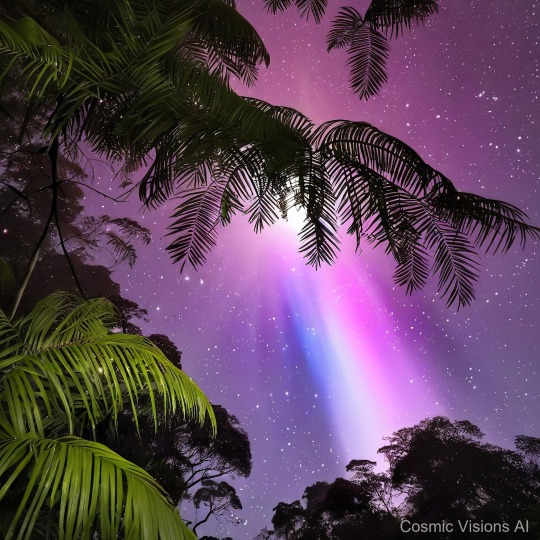
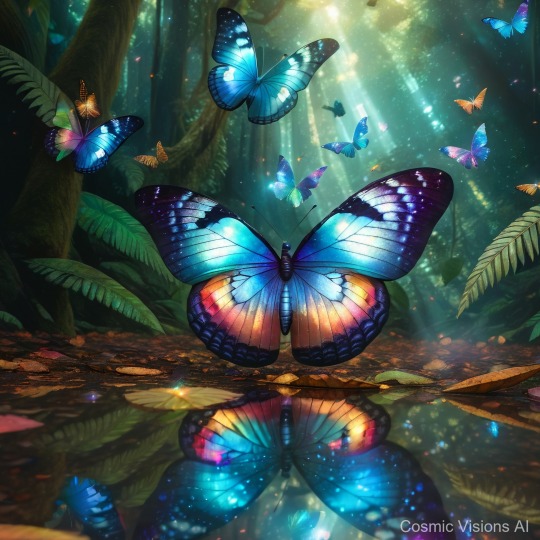
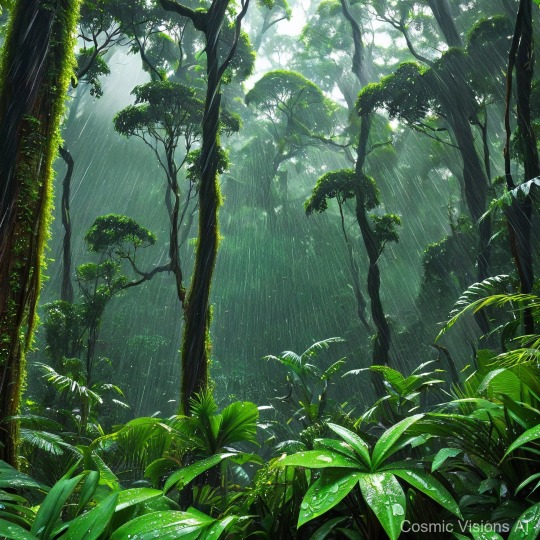
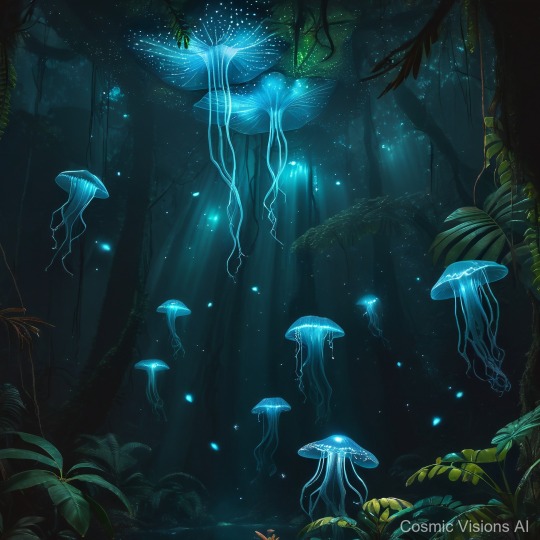
**Planet Description: Vyanalis** Vyanalis orbits a vibrant, young star and stands out with its striking teal-colored atmosphere enriched with carbon and hydrogen, visible from space. Its size is slightly smaller than Earth, and high-resolution survey images reveal its unique phenomenon—the 'Diamond Rainforest Canopy.' **Atmosphere and Weather Conditions** Vyanalis's high-pressure atmosphere generates constant, thick cloud cover composed primarily of methane and ammonia. These clouds sporadically condense to produce diamond-like precipitates, which fall towards the surface and create a reflective layer that resembles a glittering rainforest canopy from above. This phenomenon, distinct to Vyanalis, results from extreme temperatures and pressures at higher altitudes which convert carbon into diamond before precipitation. **Surface Features** The planet’s surface, seldom visible through the reflective upper layers, consists of dense, rocky terrains interspersed with reservoirs of liquid hydrocarbons. These dark, oily lakes appear to shimmer beneath the diamond deposits, giving an illusion of an endless, shifting mosaic. **Unique Flora and Fauna** Radiographic scans hint at the presence of basic life forms, possibly extremophiles, which have adapted to survive Vyanalis's harsh conditions. These organisms may be feeding off chemical energy, much like Earth's deep-sea hydrothermal vent communities. **Conclusion** Vyanalis presents an intriguing case of planetary evolution, its diamond rain and luminescent surface providing critical data on the complex interactions between atmospheric chemistry and planetary ecosystems.
#DiamondRainforestCanopy#SpaceJungleMagic#GalacticGreenery#NebulaFoliage#AstronomyAdventure#CosmicCanopyCapture#StellarRainforestVibes#InterstellarFlora#CelestialCanopyExploration#UniverseGreenhouse
2 notes
·
View notes
Photo

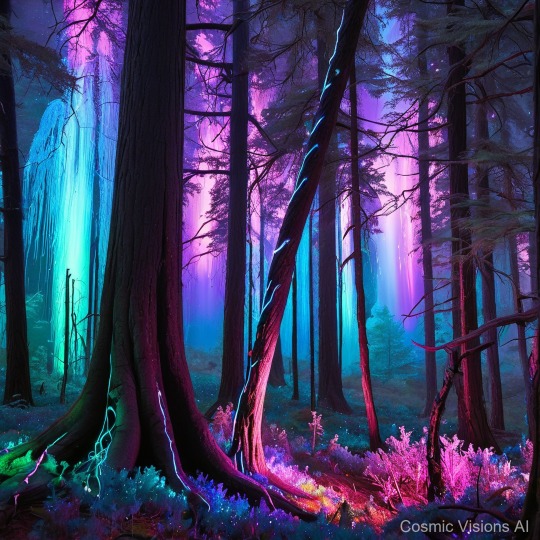


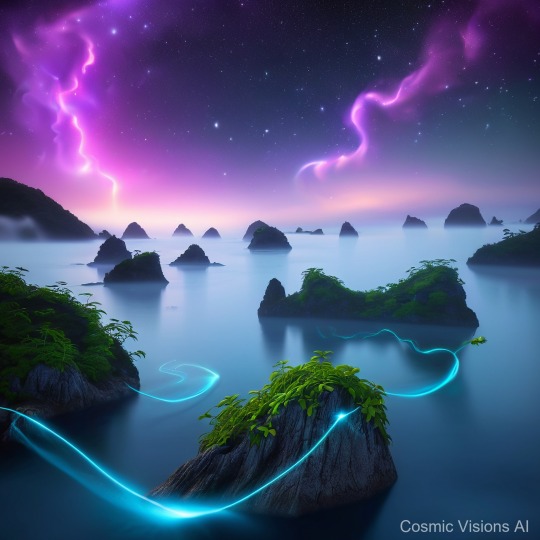
Planet Designation: Xytheria-9 From the vantage of orbit, Xytheria-9 presents a swirling enigma of cerulean and emerald hues, hinting at its dominant geographical feature: vast, crystal-infused rainforests that intertwine like veins across its surface. The planet, slightly smaller than Earth, possesses an atmosphere rich with nitrogen and oxygen, albeit with a higher humidity which attributes to frequent, shimmering mists that envelop much of the terrain. Surface analysis reveals that Xytheria-9's extraordinary forests boast an array of crystalline growths that emerge directly from the flora. These crystals, predominantly sapphire and emerald in color, appear to function akin to leaves, engaging in a photosynthetic process unique to this planet. The interplay of light and crystal creates a perpetual luminescence that underpins the forest canopy with an ethereal glow, particularly vivid during the Xytherian twilight. Meteorological patterns on Xytheria-9 are as captivating as its landscapes. The planet experiences what can be described as 'crystal rain,' a phenomenon where light precipitates, not as water, but as tiny, soft crystal shards that dissolve before accumulating on the ground. This crystal rain nourishes the soil, thereby supporting the incredible biodiversity of the rainforests. Temperature ranges from mild to warm, favorable for the growth of its dense biomes. Interestingly, the crystal structures contribute to a thermal regulation effect, reflecting excessive solar heat and retaining warmth during cooler periods. This thermal balance is critical in maintaining the lush, vibrant ecosystem observed. In summary, Xytheria-9 is a picturesque yet scientifically intriguing world where life, light, and crystal intermix seamlessly, offering a unique spectacle of natural beauty and ecological wonder.
#CrystalRainforestVeins#SpaceJungleVibes#GalacticFerns#NebulaMagic#AstroBotany#CelestialFoliage#StellarFantasy#CosmicGrove#InterstellarFlora#PlanetVeins
1 note
·
View note